A genuine martial artist seeking mastery of body and mind must acknowledge and accommodate the ageing process. As the inner processes and the outer structures of the physical body transform, the traditional Chinese approach has always presented the ageing process as a doorway to a higher form of awareness, perception and physical ability. The modern, Western approach states that the human body becomes weaker the longer it lives. The onus upon this thinking is that this is the most meaningful interpretation of the ageing process and that no other view of the ageing process is required. Linked to this idea of a decrepit body is an entire medical industry offering expensive mechanical devices that assist the body as it weakens – together with entire rafts of various medicinal treatments designed to lighten the ageing process. This is only for the wealthy, of course, and although the scientific alleviation of the ageing process may well be a valid and important one if it were not so exploitative – my point is that as functioning individuals – we are responsible for our own awareness as it functions throughout the biological body and permeates the physical environment.
There is nothing wrong with being ill, disabled or otherwise incapacitated. Ageing and illness are biological inevitabilities and should not be denied in anyway. The awareness capacity, however, as far as I am concerned (as I enter my 55th year of life) – is the only way a human being can adjust him or herself to the ever-changing circumstance that defines the ageing process. Not just being ‘aware’ in a passive manner but being ‘aware’ in a proactive manner that permeates the atoms and molecules of the physical body, and which strives to moderate behaviour throughout the physical body. Ironically, being ‘still’ in exactly the correct manner is an important part of traditional Chinese martial arts, which is the foundation of an enhanced (and evolutionarily) advanced ability to manifest the human body within the physical environment. This means that the manner in which the inner human body is perceived changes completely when the ageing process unfolds. Indeed, the ‘internal’ and ‘integrated’ methods of advanced Chinese martial arts practice are dependent upon being ‘old’ and the experience of getting ‘older’.
As the out of date (and ‘lazy’) habits of youth fall away, then ‘new’ and more ‘intelligent’ methods of generating stability and power must be cultivated. Extraordinary amounts of stabilising power must be generated and sustained with as little conventional effort as possible. Conventional effort is the driving mechanism of youth which changes as the ageing process advances. It does not ‘disappear’ as many think but transforms and evolves – but many remain completely unaware of this developmental process. This is where the shallow (commercial) culture of the modern West fails the very individuality it creates. This is exactly where the ancient ideas of evolving conscious awareness and physical abilities come into play. When striking the heavy bag, the torso and limbs feel simultaneously ‘light’ for speed and ‘heavy’ for stability. The body is ‘relaxed’ whilst the limbs and torso are positioned perfectly so that the dropped bodyweight can be effectively rebounded from the ground and channelled into the target through the centre of the bones (which feel ‘hollow’ when performing this function). Furthermore, the ‘weight’ of the heavy bag can be momentarily absorbed into the bones and joints of the attacking body (that is the ‘hollow channels’) – before being dramatically expelled back out and into the heavy bag itself – being added to the bodyweight and effortlessly increasing the all-round impact of the punches, kicks, elbows and knees, etc. Meanwhile, as the ageing process unfolds, a tangible sense of space is permanently perceived as existing throughout the inner body which is filled with an energy that is vibrant, full of light and is a combination of physical bodyweight properly used – and an enhanced sense of psychological ‘awareness’ (which also expands outward and into the physical environment). I believe that this is a preparation for old-age and the eventual dying process – whereby the physical body drops-away and the psychological awareness folds-in upon itself.

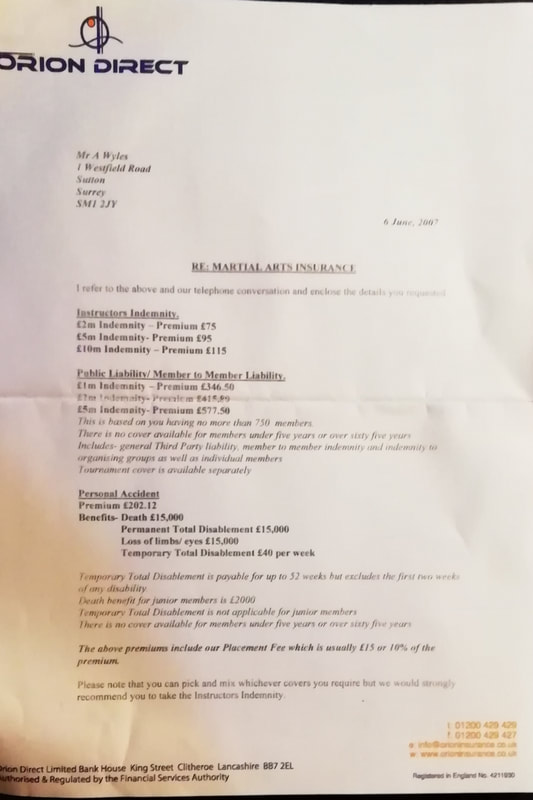



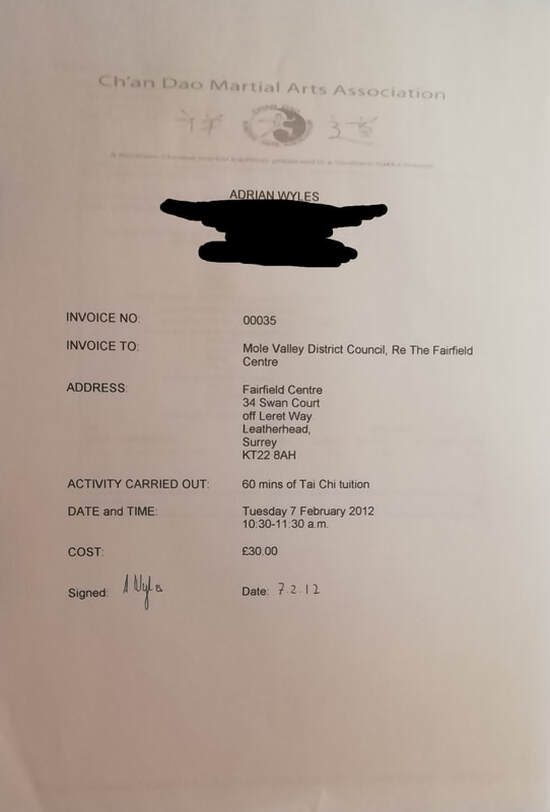
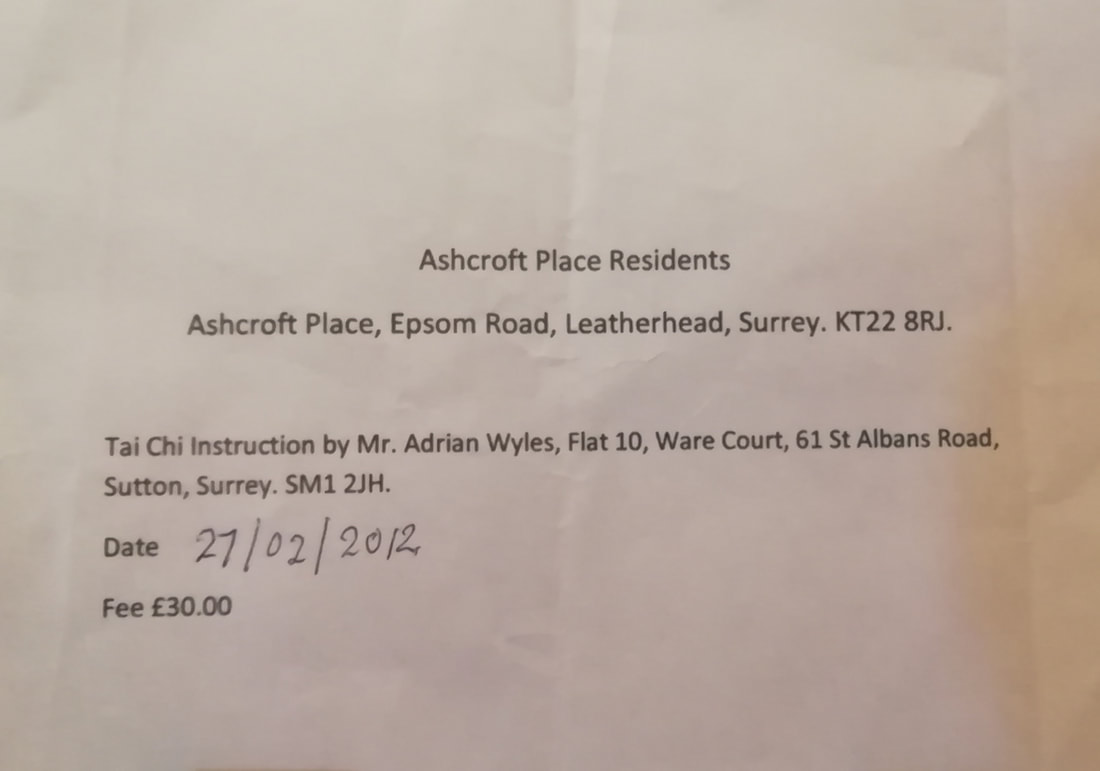
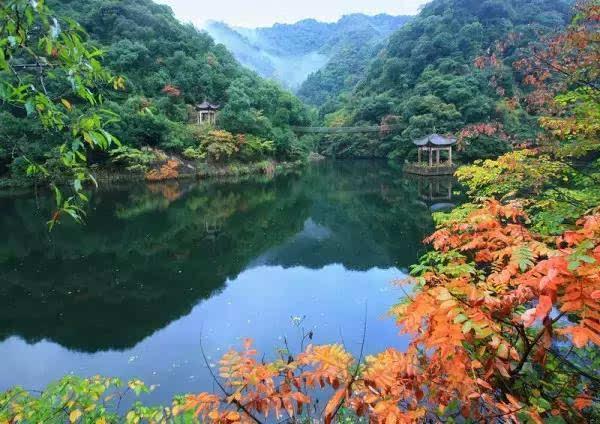
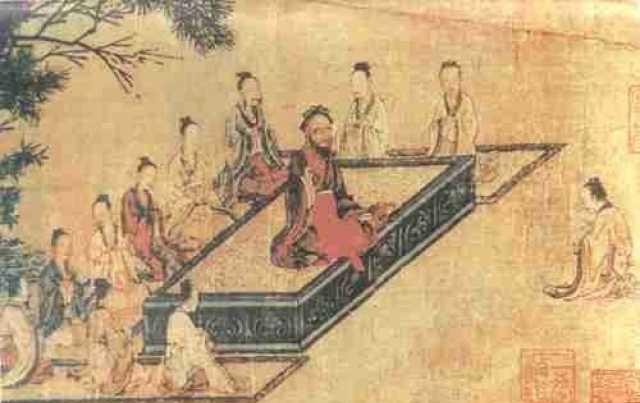
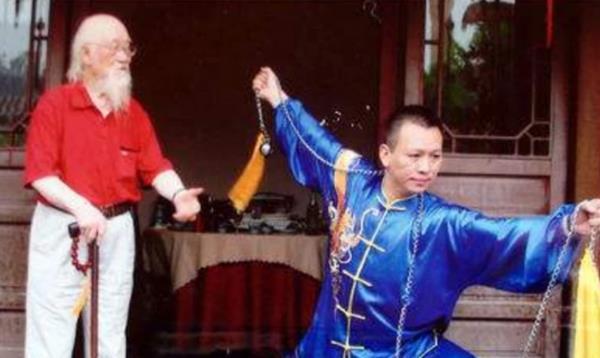
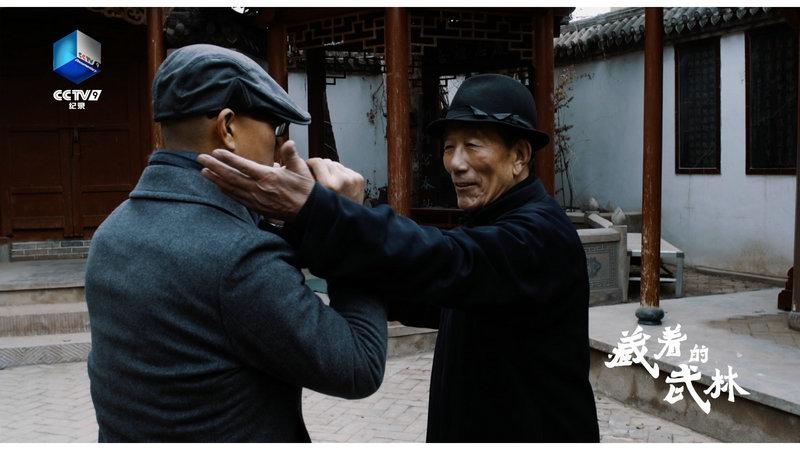
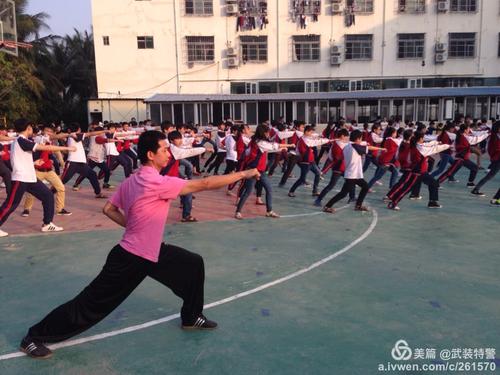
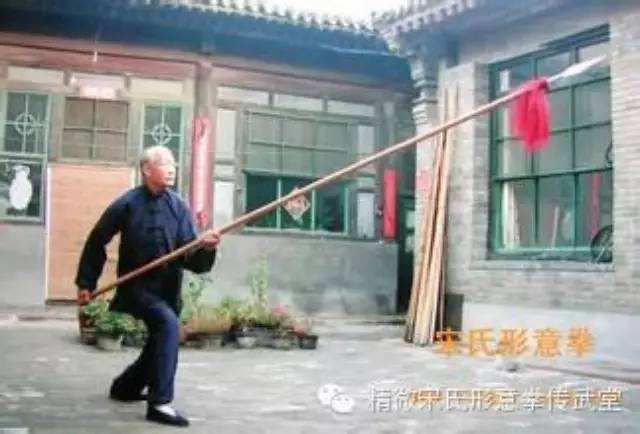
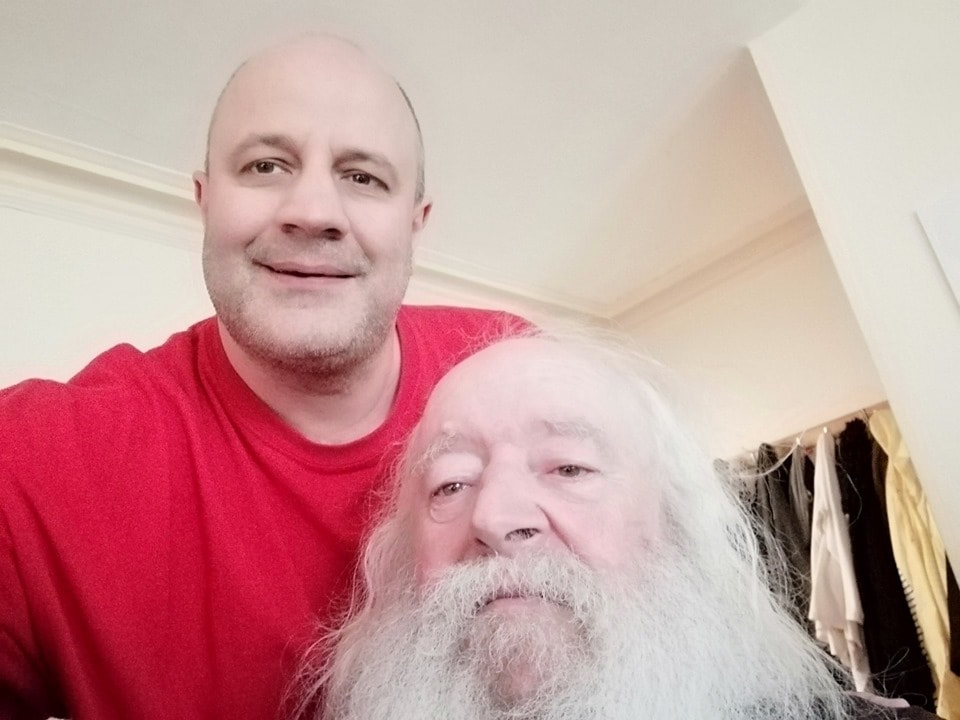
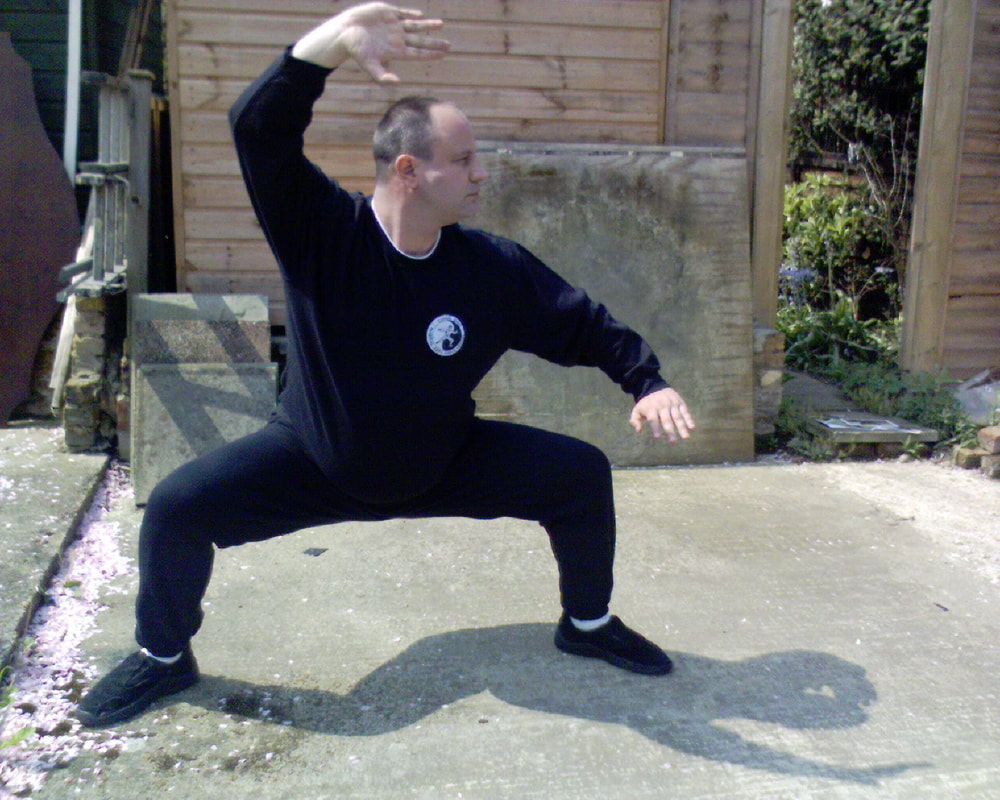
 RSS Feed
RSS Feed